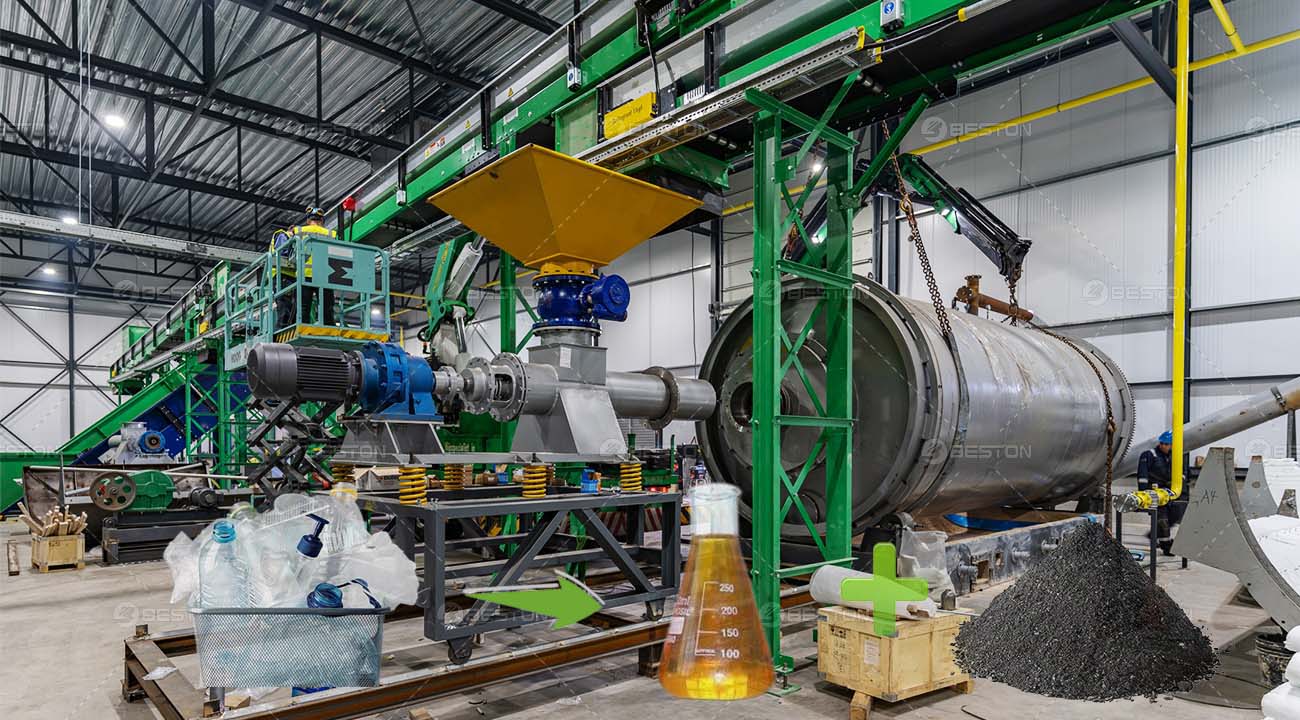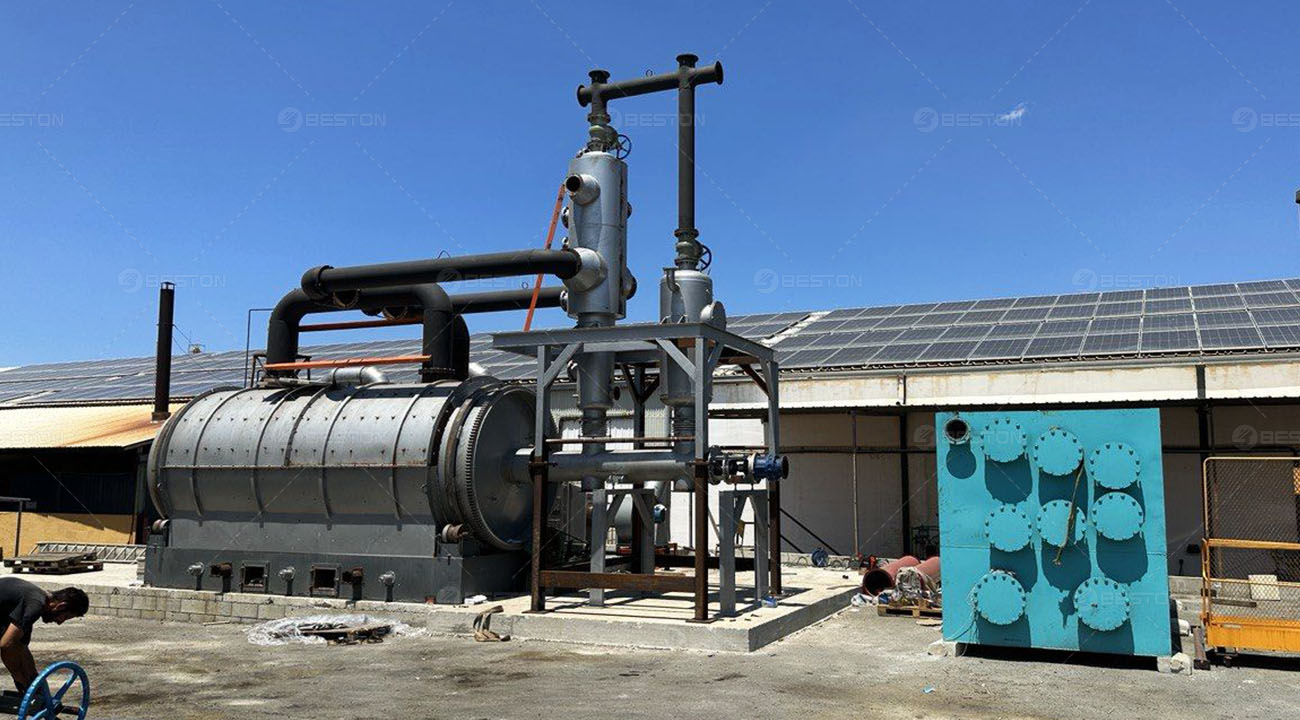Introduction
Growing Crisis of Plastic Waste
Our planet is drowning in plastic waste, a consequence of our convenience-driven lifestyles. The urgency to find eco-friendly alternatives has never been more critical.
Pyrolysis as a Sustainable Solution
Enter pyrolysis, a technology that holds the promise of not just waste disposal but energy conversion by pyrolysis plant. It stands at the forefront of sustainable practices, transforming the plastic predicament into an opportunity.

Understanding Pyrolysis
Definition and Principles
Pyrolysis, at its core, is a thermal degradation process in the absence of oxygen. This controlled decomposition of organic materials, in this case, waste plastics, results in the production of pyrolysis oil and other valuable by-products.
Process Overview
The process involves heating waste plastics to high temperatures in the waste plastic pyrolysis plant, causing them to break down into smaller molecular components. This transformative procedure harnesses the inherent energy within plastics, turning a pollution problem into a resource solution.
Feedstock Selection
Types of Waste Plastics
Not all plastics are created equal, and the choice of feedstock significantly influences the pyrolysis output. Different plastics possess distinct chemical compositions, impacting the quality and yield of the resulting pyrolysis oil.
Impact on Pyrolysis Output
Selecting the right mix of waste plastics is a delicate balance. Optimizing the feedstock composition ensures not only a more efficient pyrolysis process but also enhances the quality of the end product—pyrolysis oil.

Pyrolysis Reactor Design
Reactor Types
The heart of pyrolysis lies in the pyrolysis reactor design. Various reactor types, such as fixed-bed, fluidized-bed, and rotary kilns, offer unique advantages. Choosing the right design is pivotal for achieving optimal efficiency and output.
Optimization for Efficient Conversion
Reactor design isn’t a one-size-fits-all affair. Continuous research and development focus on refining and optimizing reactor configurations to maximize the conversion efficiency of waste plastics into valuable pyrolysis oil.
Pyrolysis Oil Characteristics
Composition and Properties
Pyrolysis oil, the jewel in the crown of this process, possesses a composition rich in hydrocarbons. Its properties vary based on feedstock and process conditions, making it a versatile resource.
Applications and Potential
The applications of pyrolysis oil span across diverse industries. From fuel production to chemical feedstock, its potential as a renewable resource heralds a new era in sustainable energy and material utilization.
Environmental Impacts
Comparison with Traditional Waste Disposal
Contrasting pyrolysis with traditional waste disposal methods reveals a stark difference. Instead of contributing to landfills or incineration, pyrolysis minimizes environmental impact by converting waste plastics into valuable resources.
Emission Reduction Strategies
While pyrolysis presents an eco-friendly solution, minimizing emissions during the process remains a focus of ongoing research. Advanced technologies and process refinements aim to further reduce the environmental footprint of pyrolysis. If you want to get cleaner energy production solutions, you are welcome to consult Beston Group.
Future Developments
Research and Innovation
The future of pyrolysis technology is a landscape of ongoing research and innovation. Scientists and engineers delve into refining the process, exploring novel catalysts, and optimizing parameters to enhance efficiency and broaden the scope of waste-to-energy conversion.
Integration with Circular Economy
Pyrolysis aligns seamlessly with the principles of a circular economy. The potential to close the loop by converting waste plastics into valuable resources marks a paradigm shift towards a more sustainable and regenerative approach to materials management.
In conclusion, the journey from waste plastics to pyrolysis oil is not just a technological feat but a testament to our ability to innovate in the face of environmental challenges. Pyrolysis technology stands as a beacon, illuminating a path towards a more sustainable and energy-efficient future.